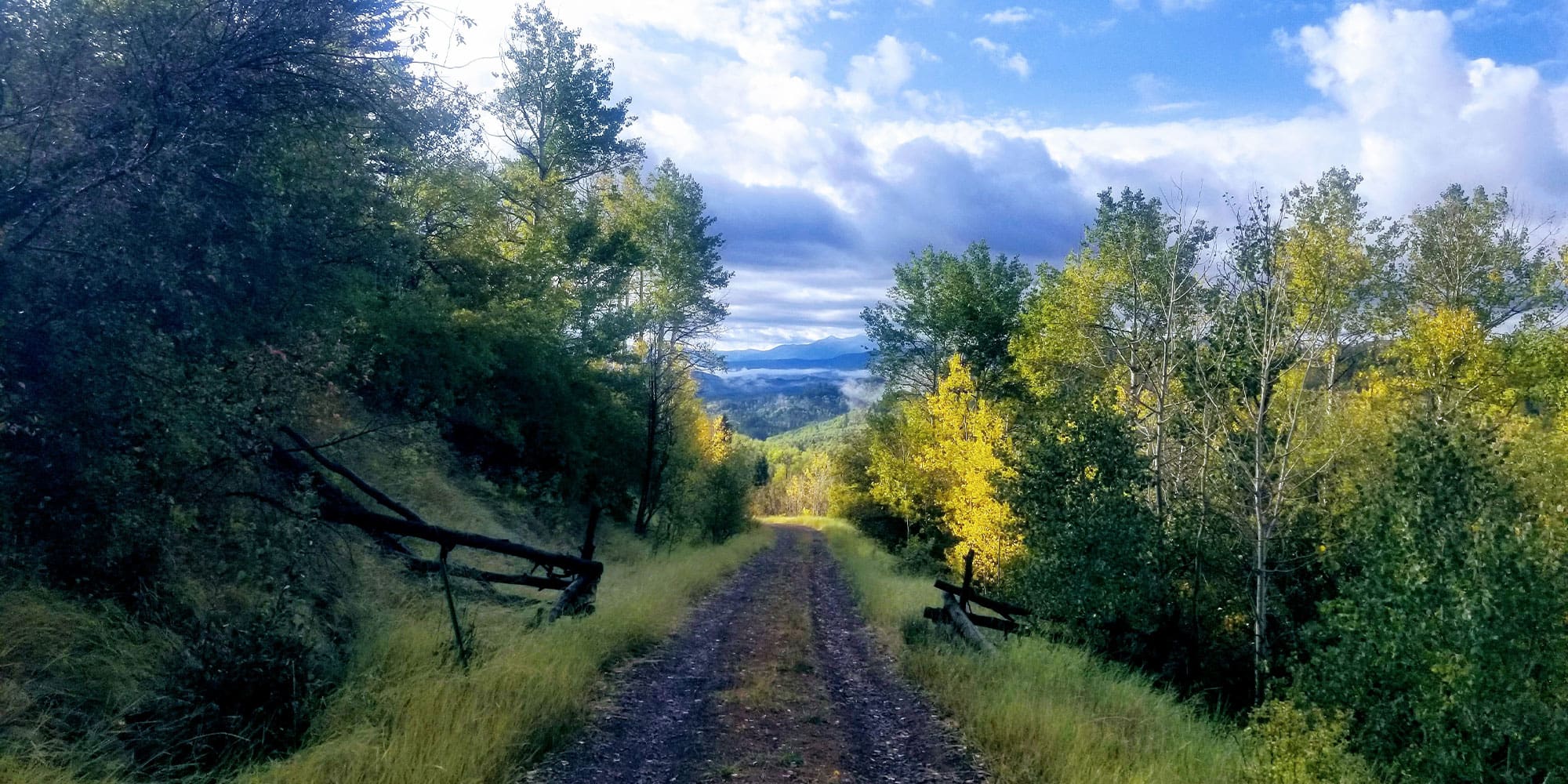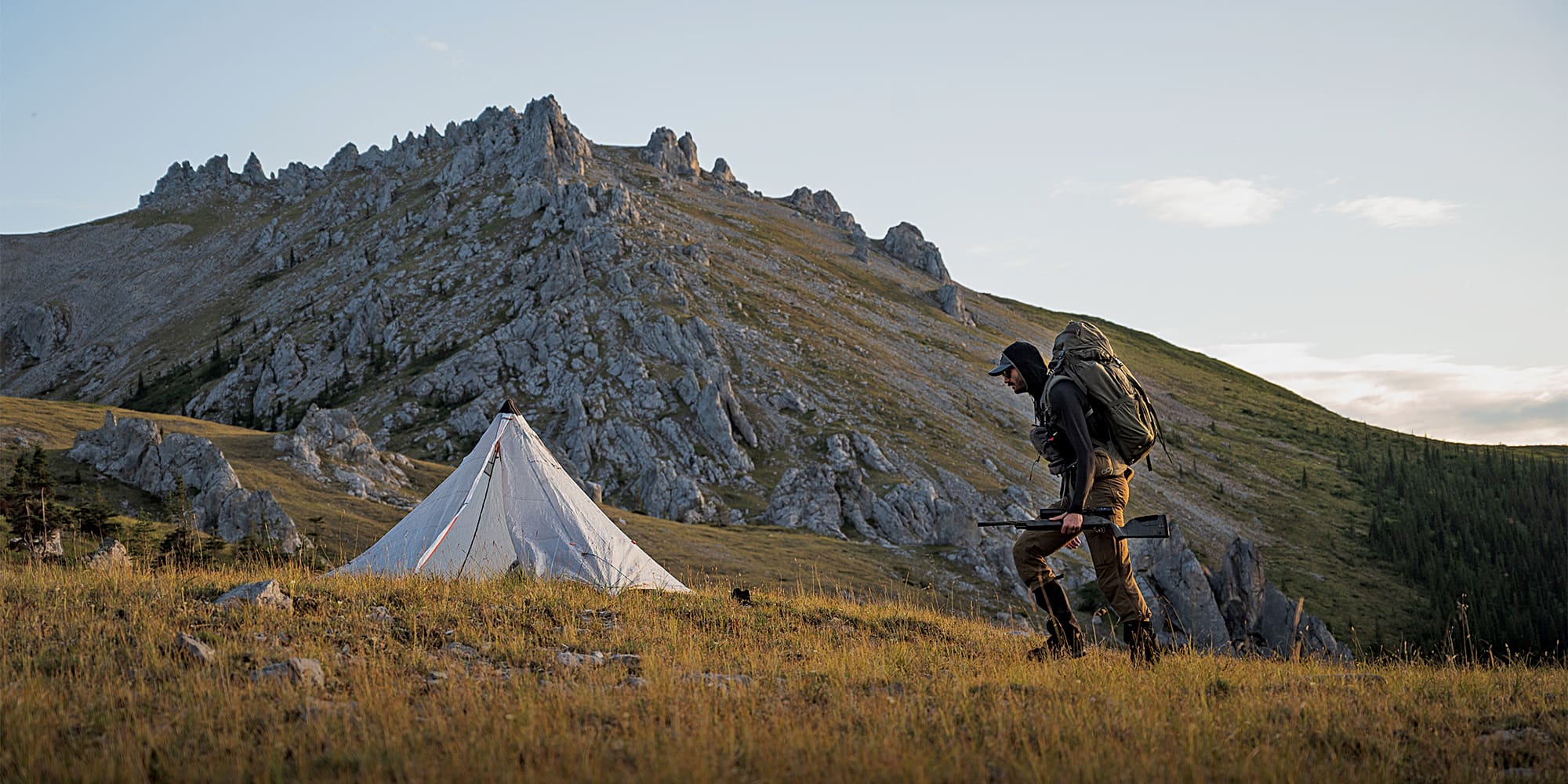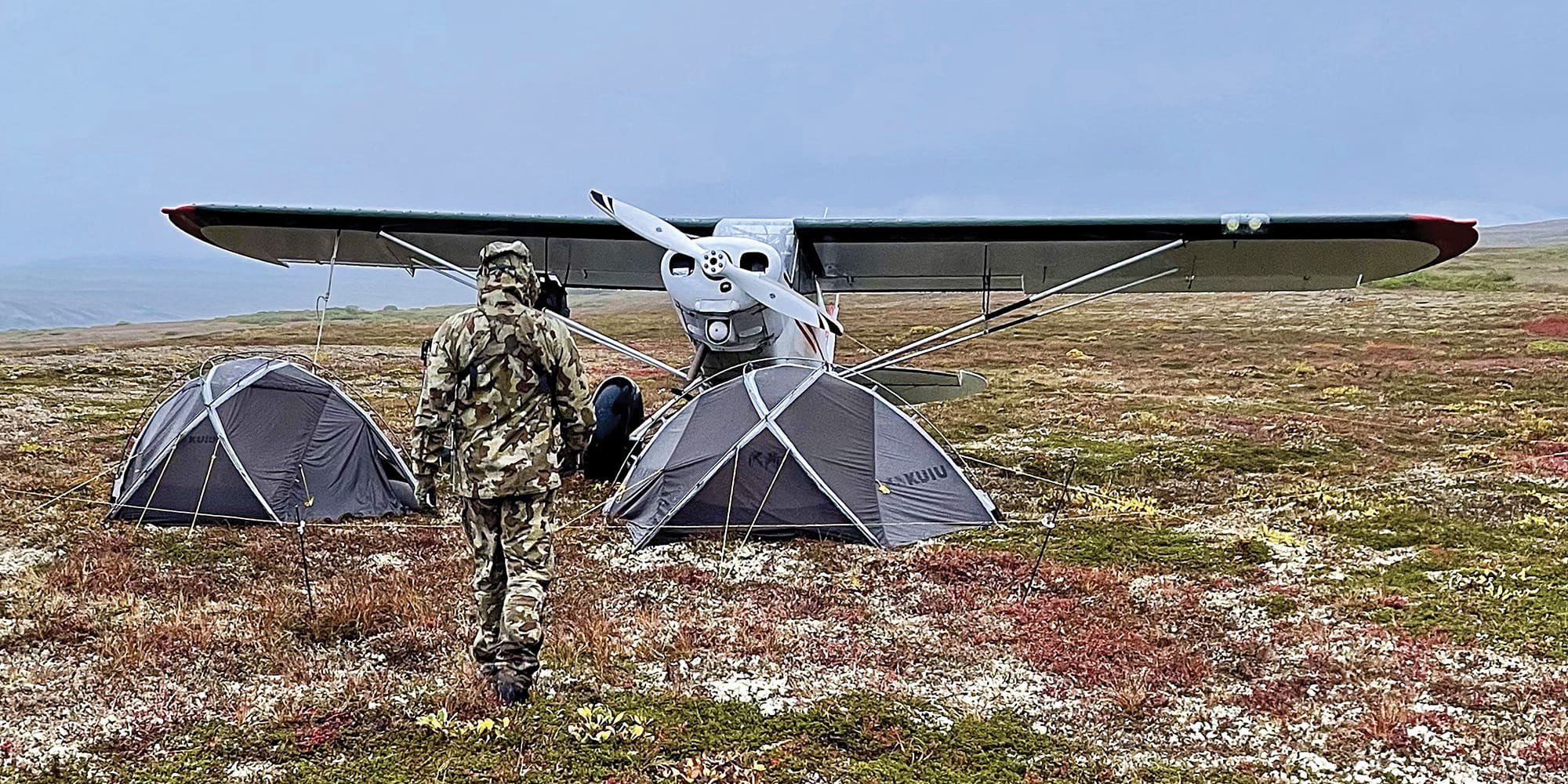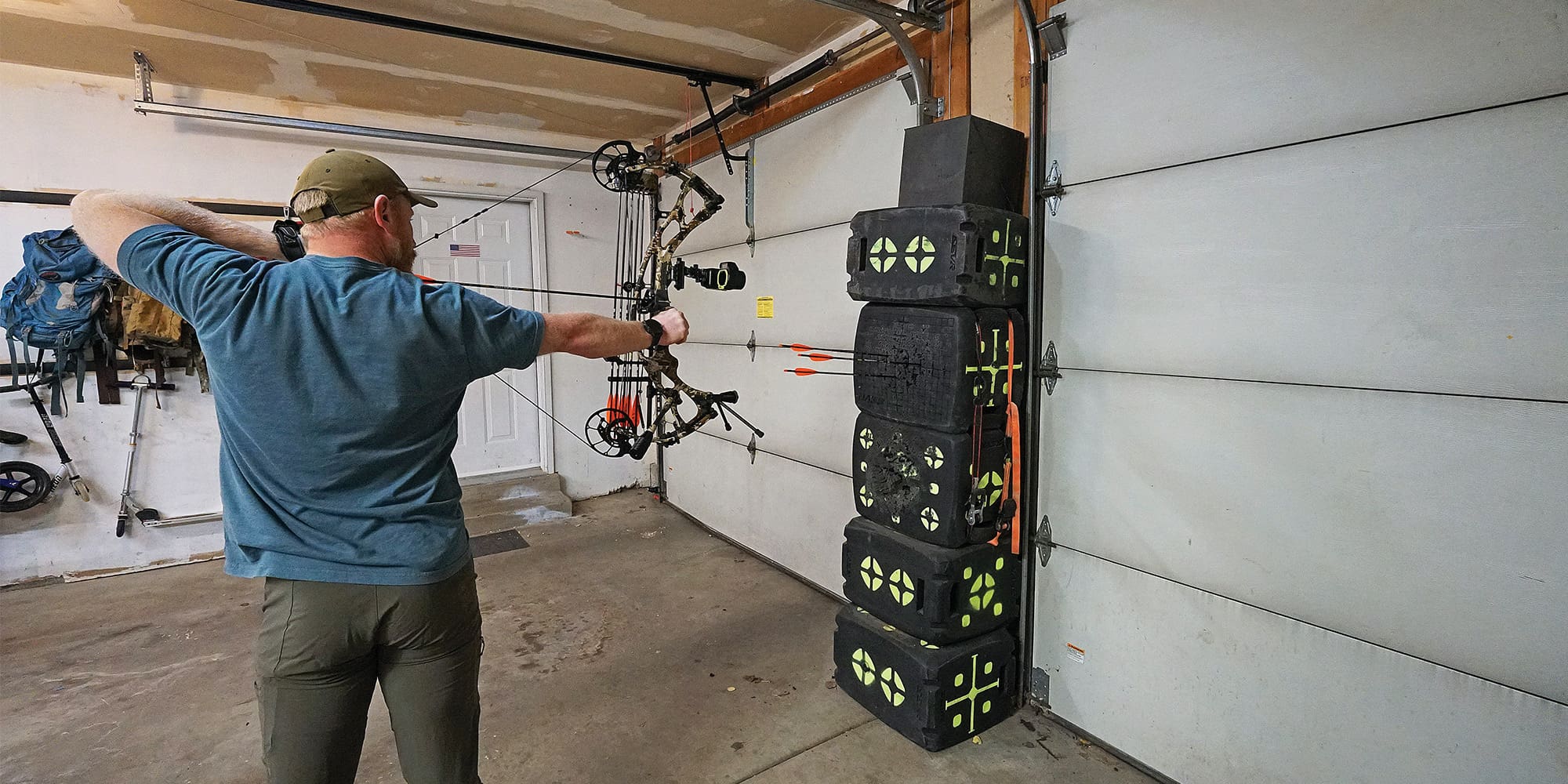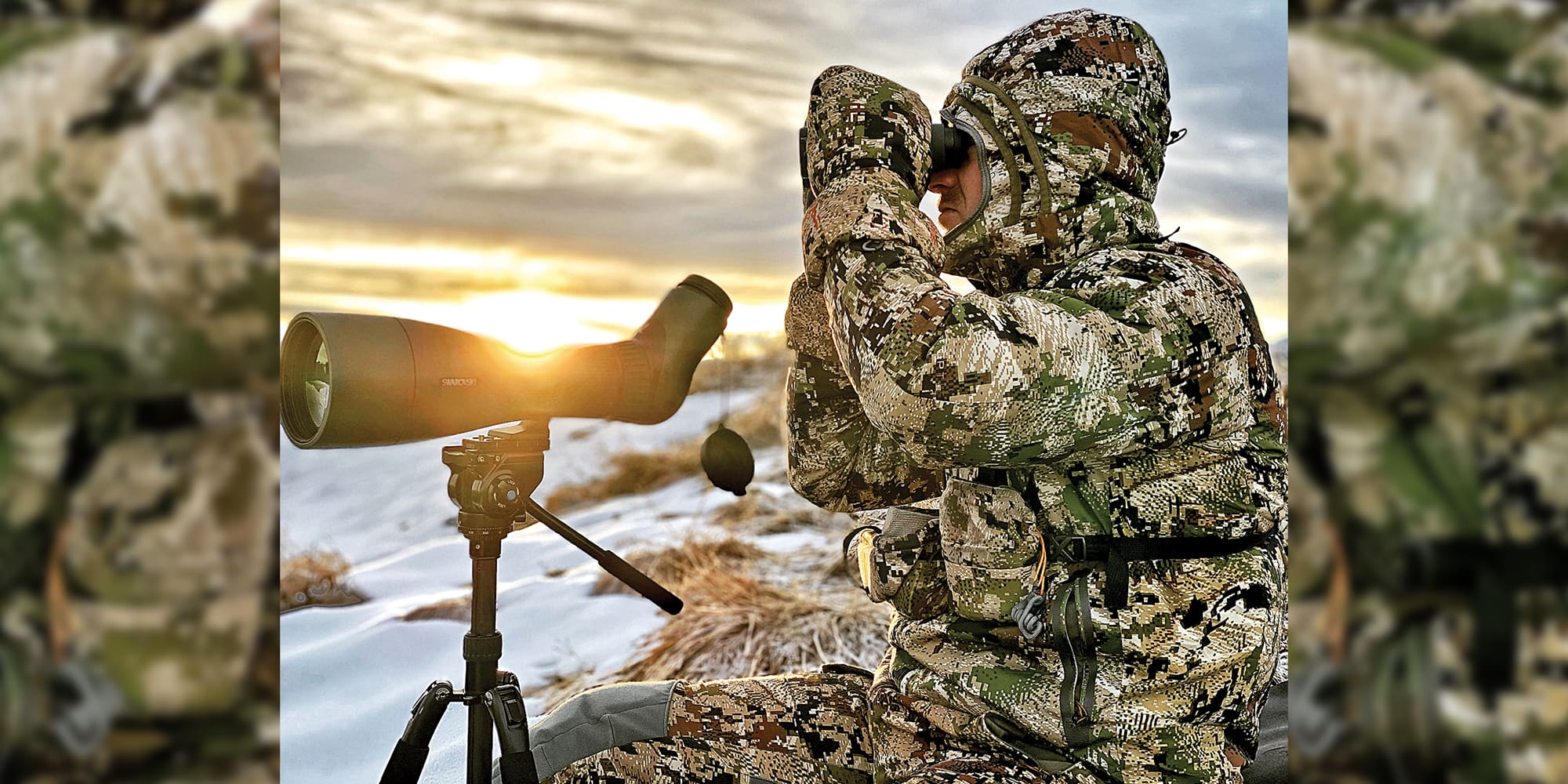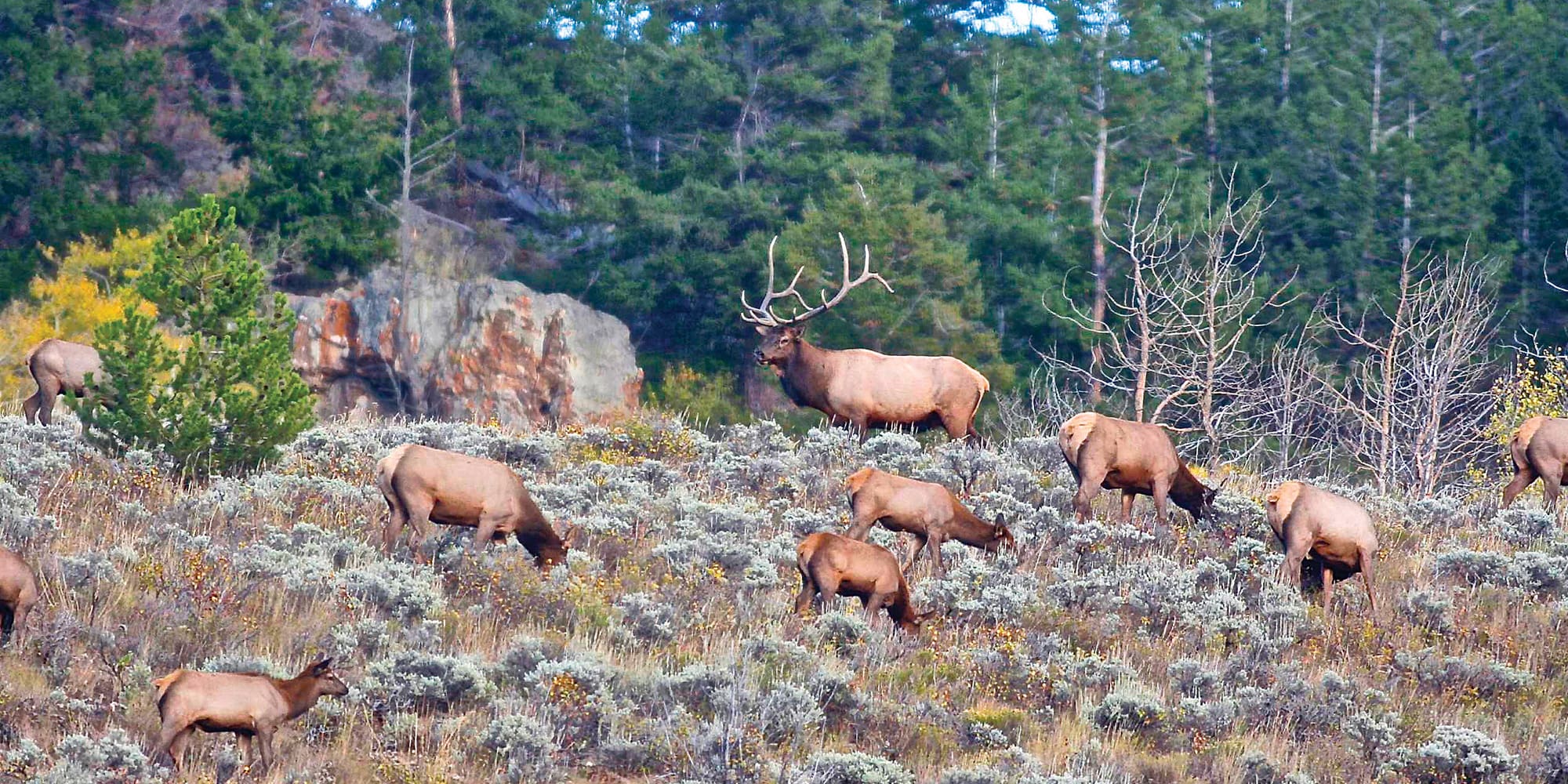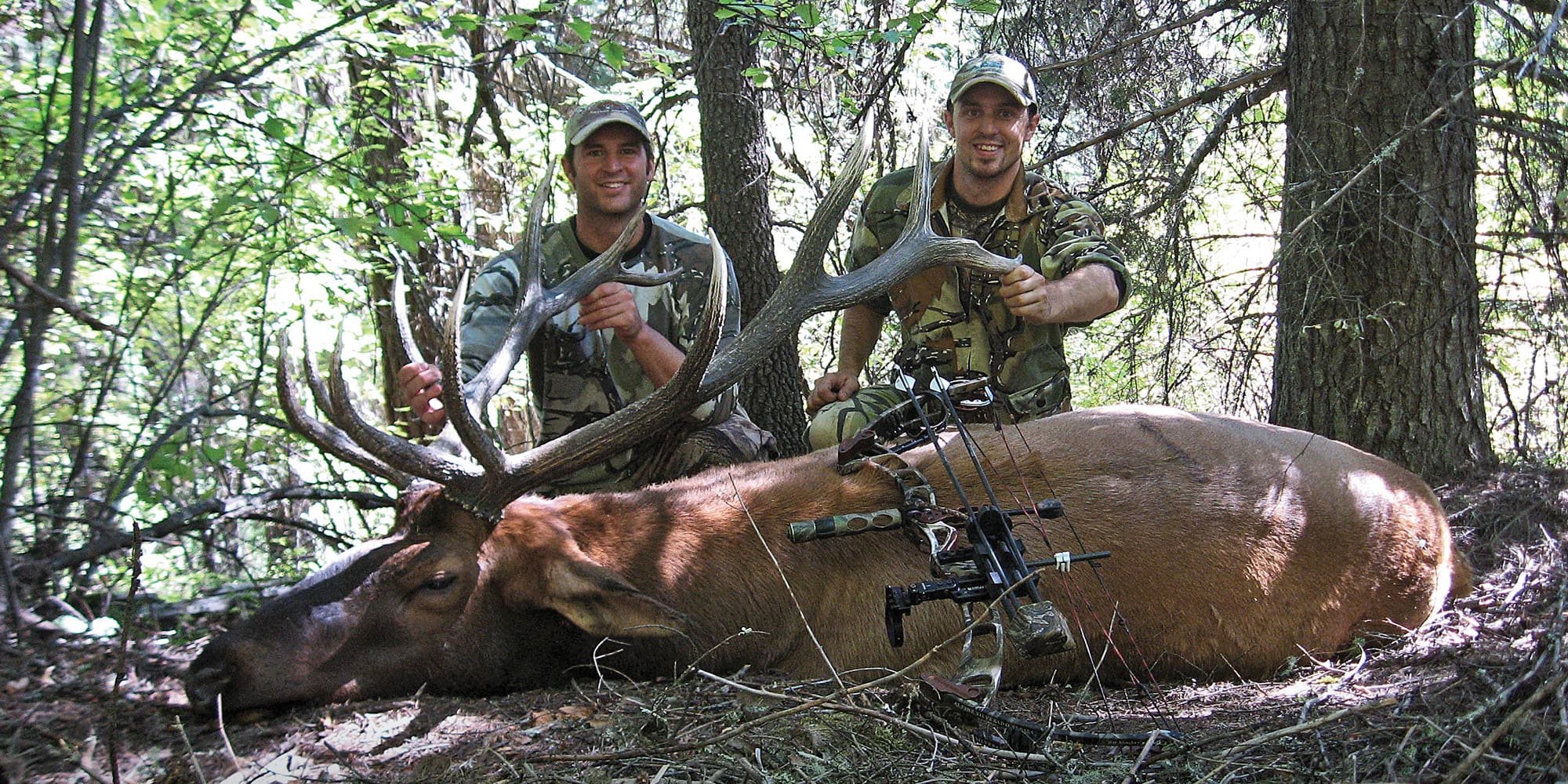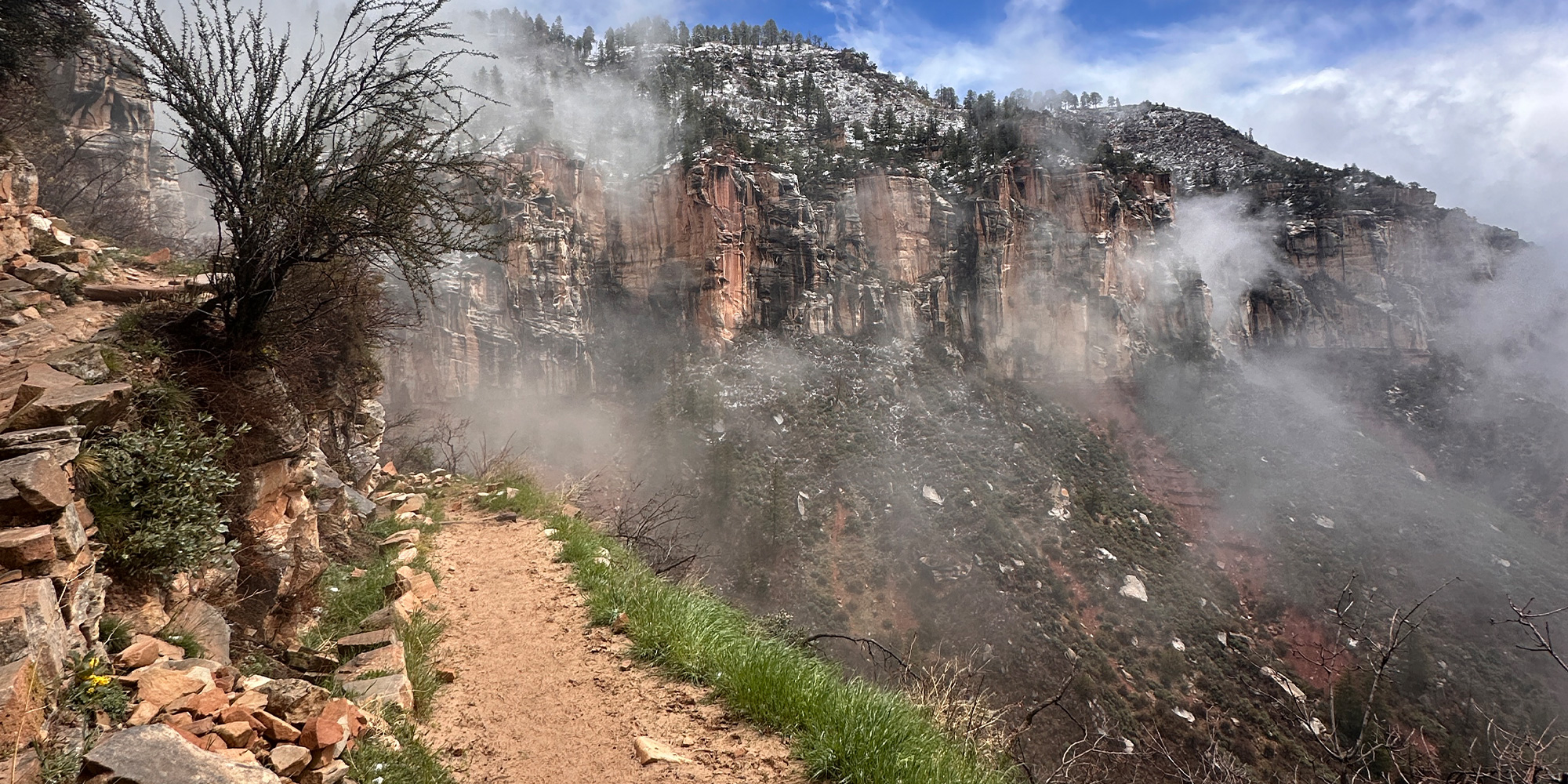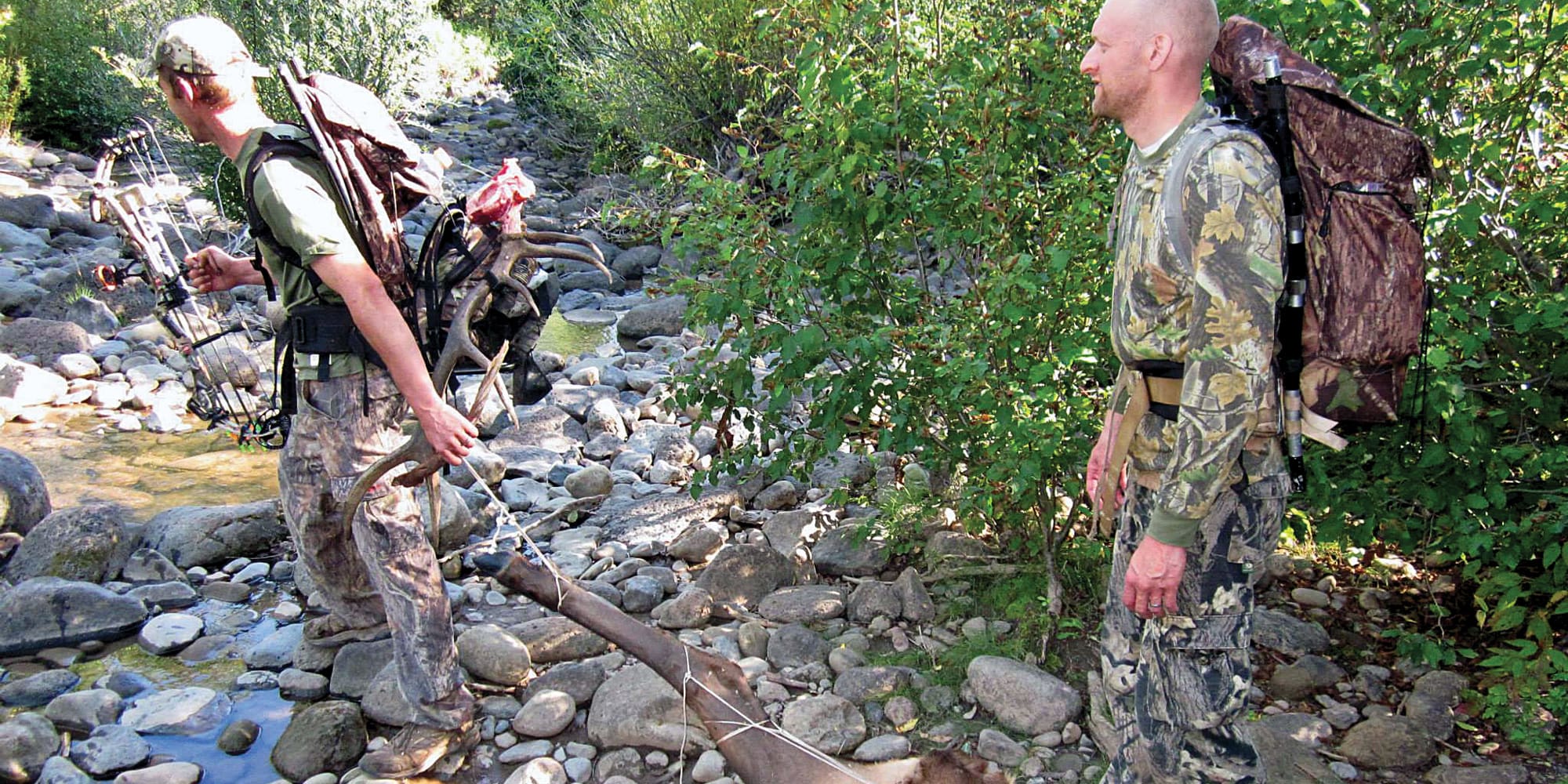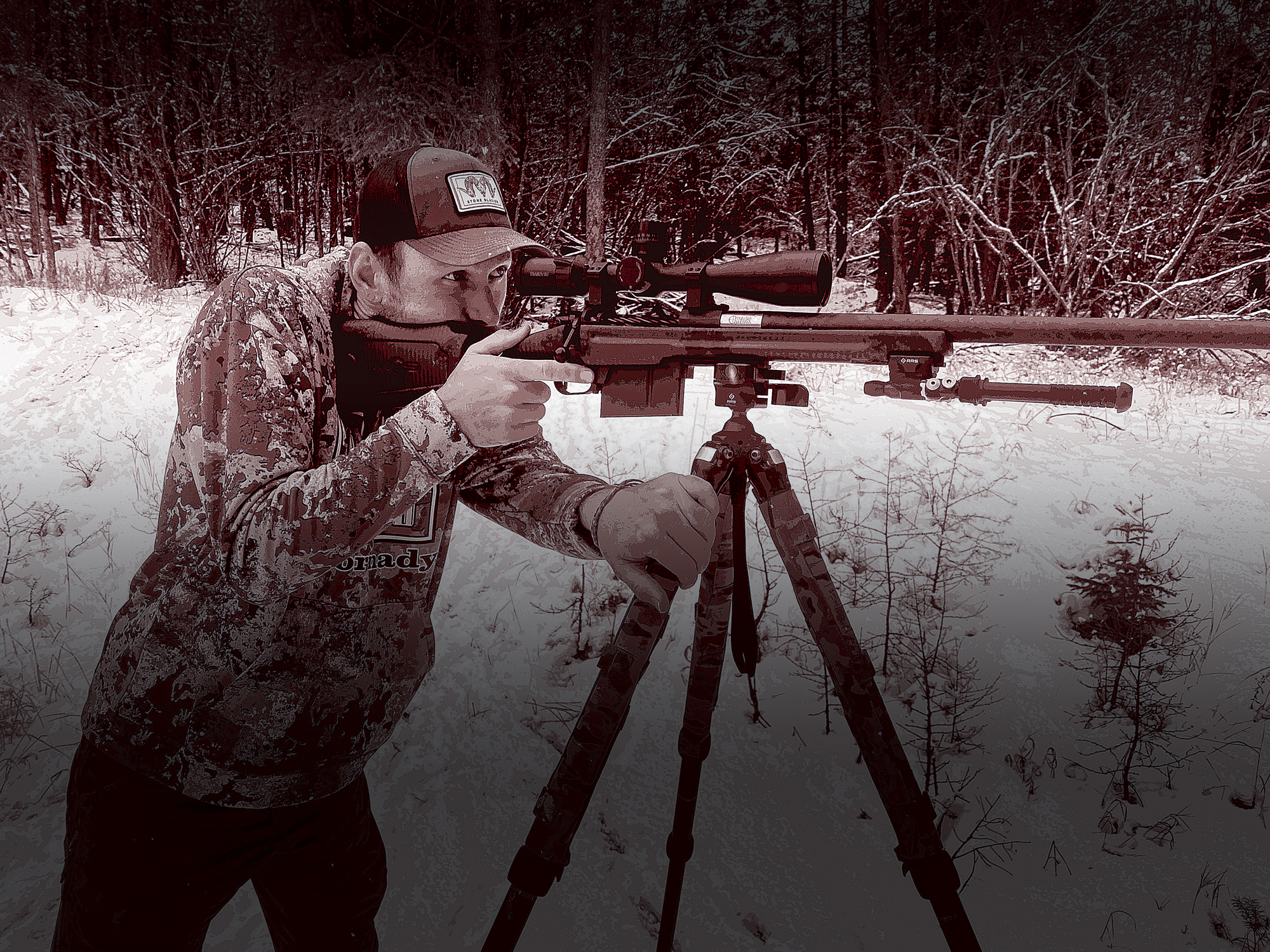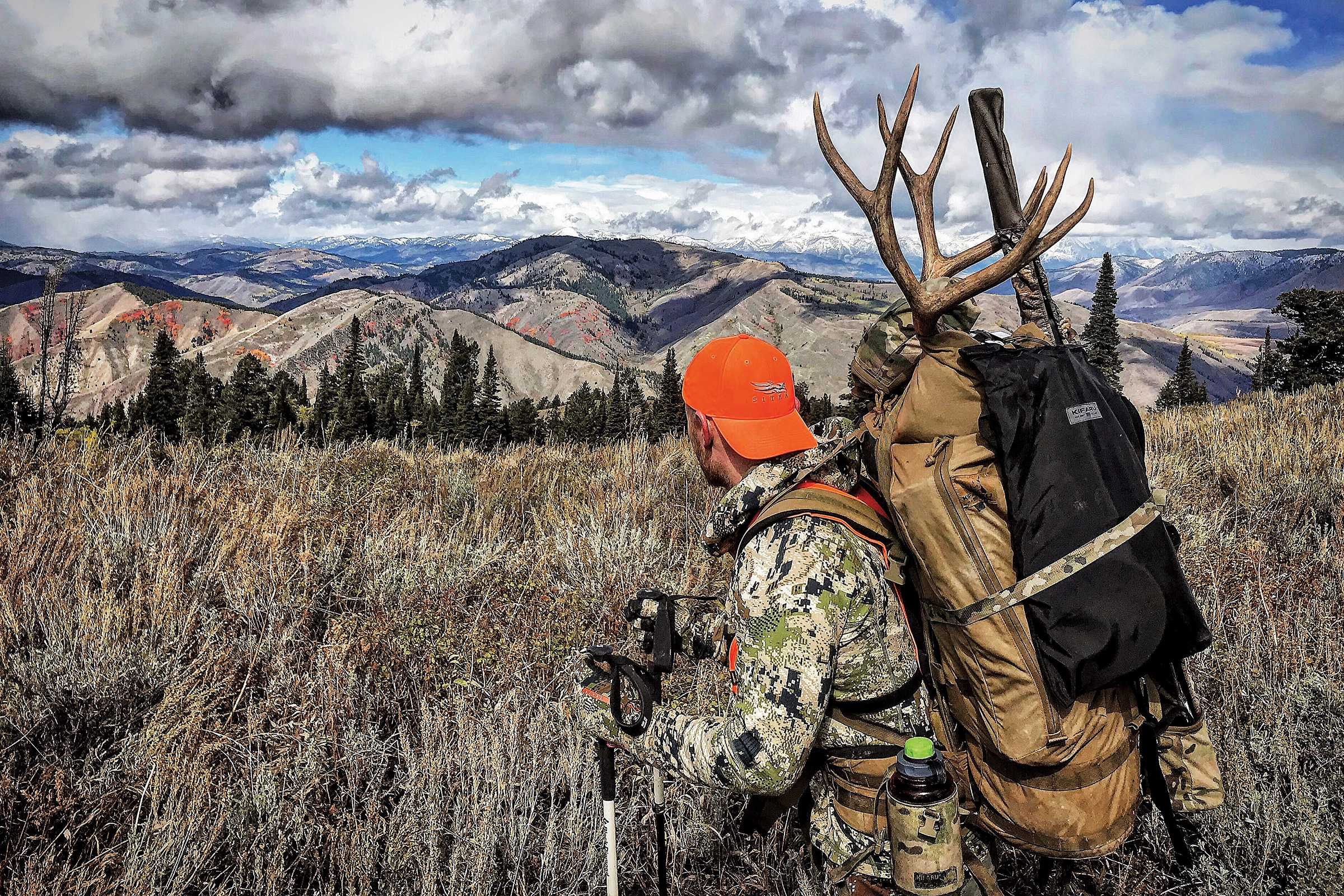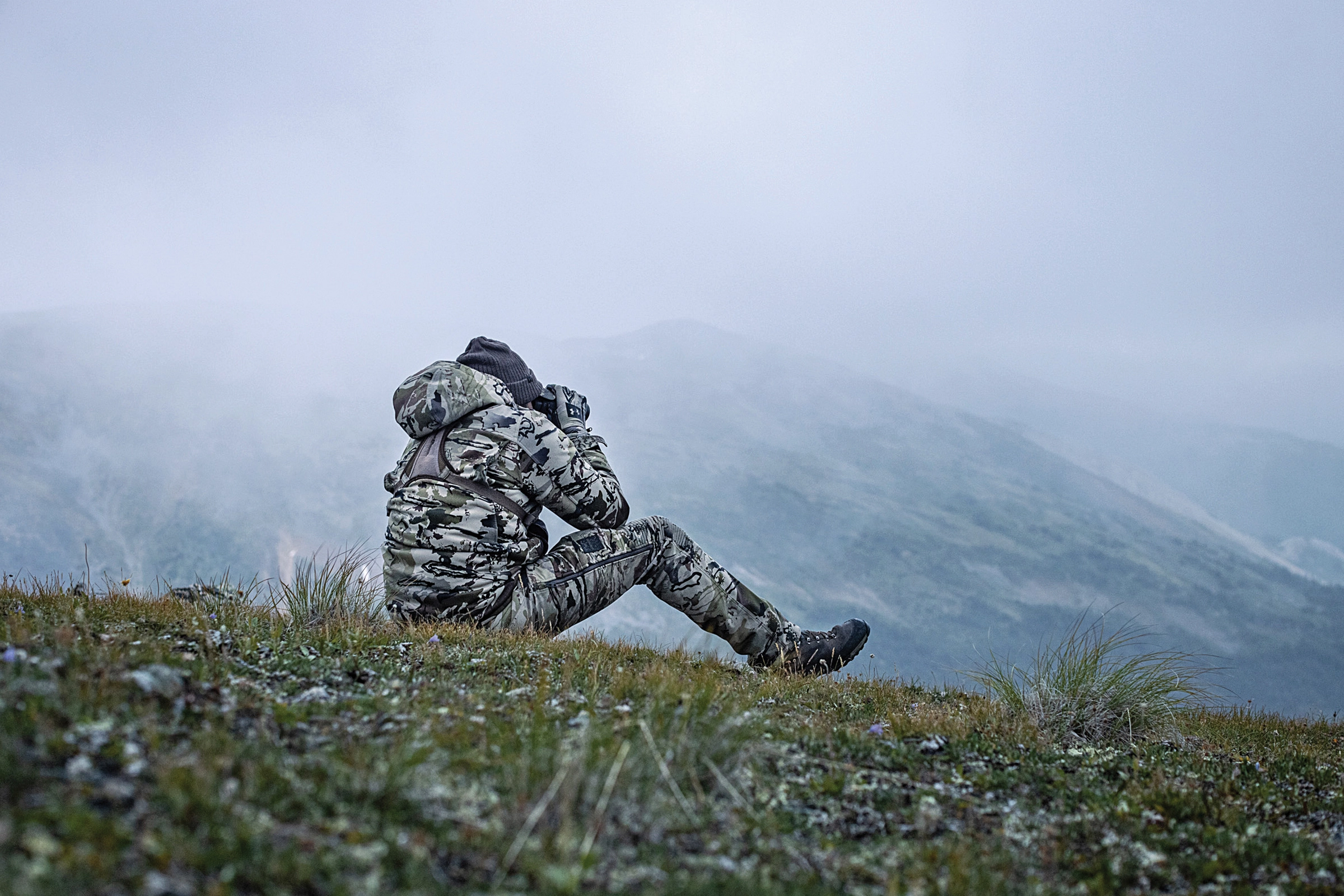
NOTICE: Certain links on this post may earn a commission for Western Hunter Magazine from Amazon or our other affiliate partners when you make a purchase. Thank you for your support.
Mountain Lion Hunting - How, Why, When, and Where
Mountain lions are one of the most elusive species in North America. Without the use of dogs, many hunters go their entire life without seeing one. For this reason, the use of dogs has been essential in research and management. It is ineffective to use baiting or spot and stalk techniques when mountain lion hunting. Using dogs is the only way to selectively hunt, and allows the opportunity to release the animal if it is not a target to remove from that specific area. Much of the knowledge we have today can be attributed to the use of dogs and can help us become a better lion hunter.
Range
Most of the data on mountain lion hunting ranges have been obtained by Fish and Wildlife Agencies through VHF and GPS collar studies. Hounds are used to tree a mountain lion. The cat is then tranquilized with a drug called Ketamine. The drug sedates the cougar but does not affect its breathing ability. The cat either falls out of the tree into a net or is lowered to the ground by ropes. Collars are placed on the animal and measurements and data are collected. The sedation wears off and the animal is observed from a distance until it regains consciousness and leaves the area. The collar will usually last two years, and most have a “rot-off” strip which also fails around the same time. This allows biologists to track lions in great detail, and monitor where, and when mountain lions do what they do.
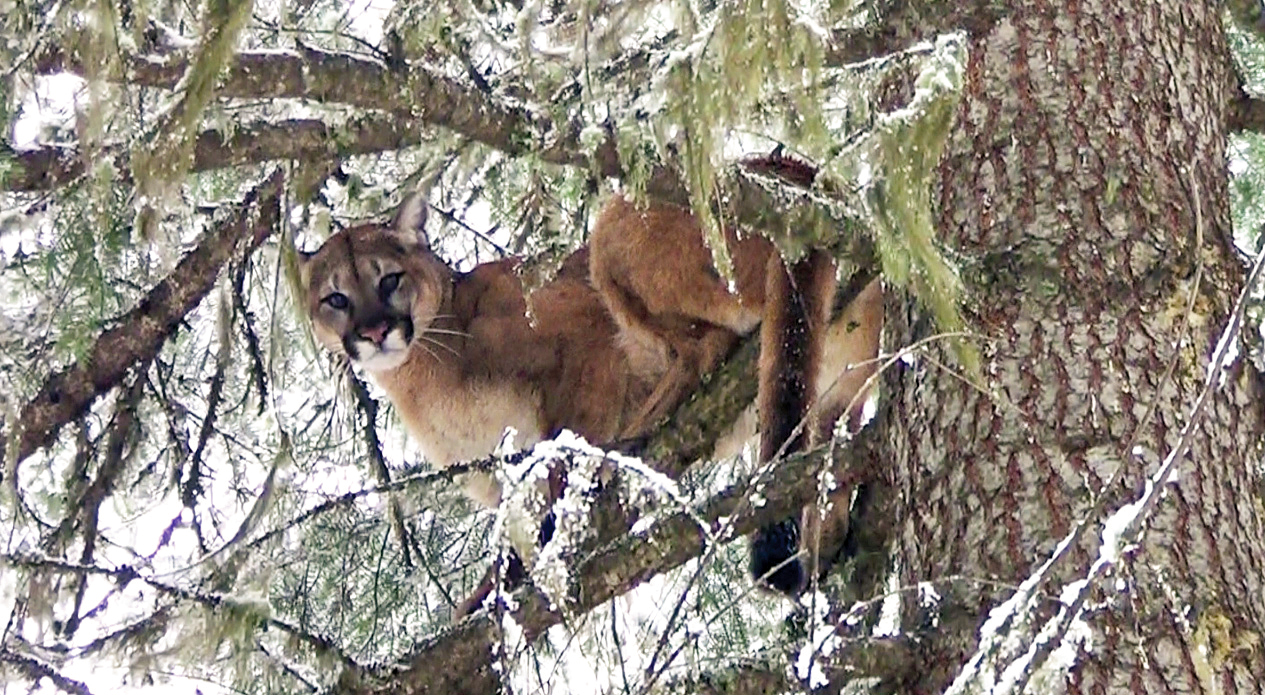
By closely evaluating the head we can determine the sex of mountain lions.
Through this data, we have learned that range is very important to mountain lion hunting. To maintain genetic diversity their range can be large. At 18-24 months young lions will become independent from their mother. At this time they will venture out in search of their own territory. Young males cover the most ground and have been documented in moving up to 140 kilometers. As the males mature they usually find a territory of their own that is smaller and has optimum living conditions. They defend this area from other males and depending on the prey population may dwell in it exclusively, only venturing out occasionally, and during mating season. Female lion's range is smaller but has been documented being up to 75 kilometers in some cases. Females territory will be based on prey species as well as finding an area suitable for raising young. When either males or females cannot find suitable habitat to call their territory, they will venture in search of it and immigrate to new areas. This provides a genetic overlap and contributes to genetic diversity within the species.
Breeding
Mountain lions can breed at any time during the year. In the mountains of the west and north-west, the primary breeding season has been observed as being March. Gestation periods are 91 days, or 3 months from the time breeding occurs. This allows the mother to have her young during the warm season, under optimal conditions. However, I have observed newborn young in the middle of winter as well. Normal litters of kittens or cubs range from one to five, with the most common being two to three. Usually one of the young is lost for various reasons, and most adult females observed six months after giving birth will have one to two young accompanying them. Of these, there is typically a 50/50 split of male to female offspring. However, population studies have shown that 60% of adult mountain lions are female. This is due to biological reasons, and the fact that males have larger territories. In areas of high lion density, a male will have an average of three females in his territory, and defend it in a manner that results in lower survival rates for males. After the young are done nursing the female will make kills and provide for them. She will teach them to hunt, and by two years of age, they have usually become independent. When they reach three years of age they are usually classified as adult lions. The female will not breed while young accompany her. Once the young are independent or lost she will regain regular cycles to breed.
Prey
Once juvenile lions are around 6 months old they will start making their own small kills. Usually small game like rabbits, squirrels, and birds. The mother will teach them to hunt and kill deer, which is their primary food source. By the time they are 18-24 months, they will usually start to venture greater distances from their mother and begin making both group, and independent kills of deer-sized game. In most areas deer are the primary food source for adult mountain lions. They prefer mule deer over whitetail if both species dwell in the same area. This is likely because of the terrain that mule deer inhabit. Mule deer live in open areas, and often bed in great locations for lions to stalk or ambush them. During the spring and summer months, they target fawns and calf elk. Elk are the second most favored prey species. They can take down both adult and calf elk but will target calves, especially during the first year of their life. In some areas of the country, lions have been accredited with 60% of elk calf mortality. Calves and fawns make great targets for a female teaching her young to hunt.

Elk calves are extremely vulnerable during the first few months of their life. They make easy targets for a mother teaching her young to hunt.
Bighorn sheep are not a primary food source in most areas. However, when a lion does kill a sheep, they typically will continue to do so over and over again, until the herd is depleted. Biologists have struggled to maintain bighorn populations in different areas of the west, because of high sheep mortality due to lion predation. The remainder of the mountain lions prey is generally specific to the area they inhabit. They are an opportunistic predator and will kill nearly all small game when in need. They love turkeys, pack rats, rabbits, and porcupine. Nearly every mountain lion will have porcupine quills embedded somewhere under its hide. When lions kill domestic game they usually prefer sheep and goats, followed by cattle and horses. Primarily calves are the target and with horses foals or colts.
Mountain lions stalk their prey attacking from behind or the side. They can run up to 50mph for a short distance and will jump on the animals back. Almost always getting the animal by the neck, and taking it to the ground. If they haven’t broken the neck, they will suffocate the animal. One common characteristic of a lion kill is the crushed nose on deer. Once the animal expires the lion will drag the carcass to an isolated location and eat a small amount of choice meat. Next, they will typically burry the kill and head for water. This allows the meat time to cool. When they return they will feed on the kill for a couple of days staying in close proximity. After a couple of days the lion will usually head off hunting a large loop. Typically making another kill within seven to ten days of the last. Often they will have a string of kills from different time periods and will return to feed on or check the carcass up to a month after the initial kill.
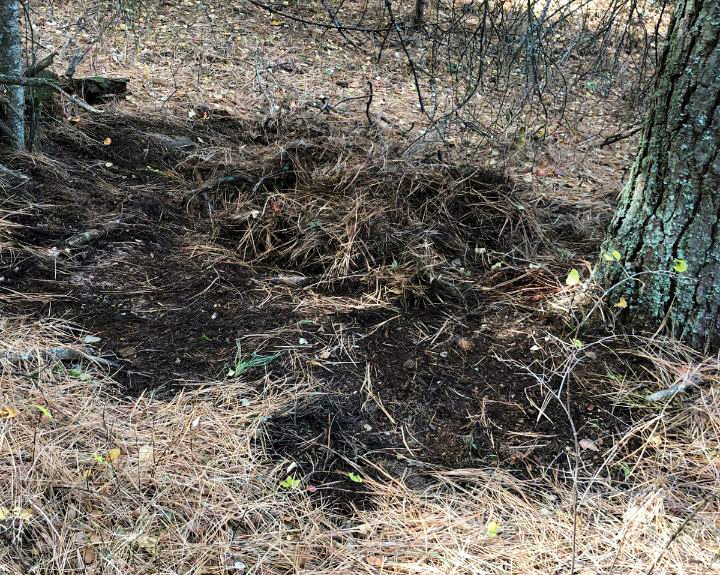
Lions will often drag their kill to a secluded area and cover it with surface litter. This protects the kill and helps prevent birds from finding it.
Mountain Lion Hunting
Mountain lion hunting can be very difficult, even in the best of conditions. Most hound seasons are during winter and early spring. Snow makes it easier to locate a lion track but is not always available. In the northern states and provinces snow is very common, but in the south and southwest, it may not be an option. For this reason, you must pay attention to details that can put you in close proximity to a cat.
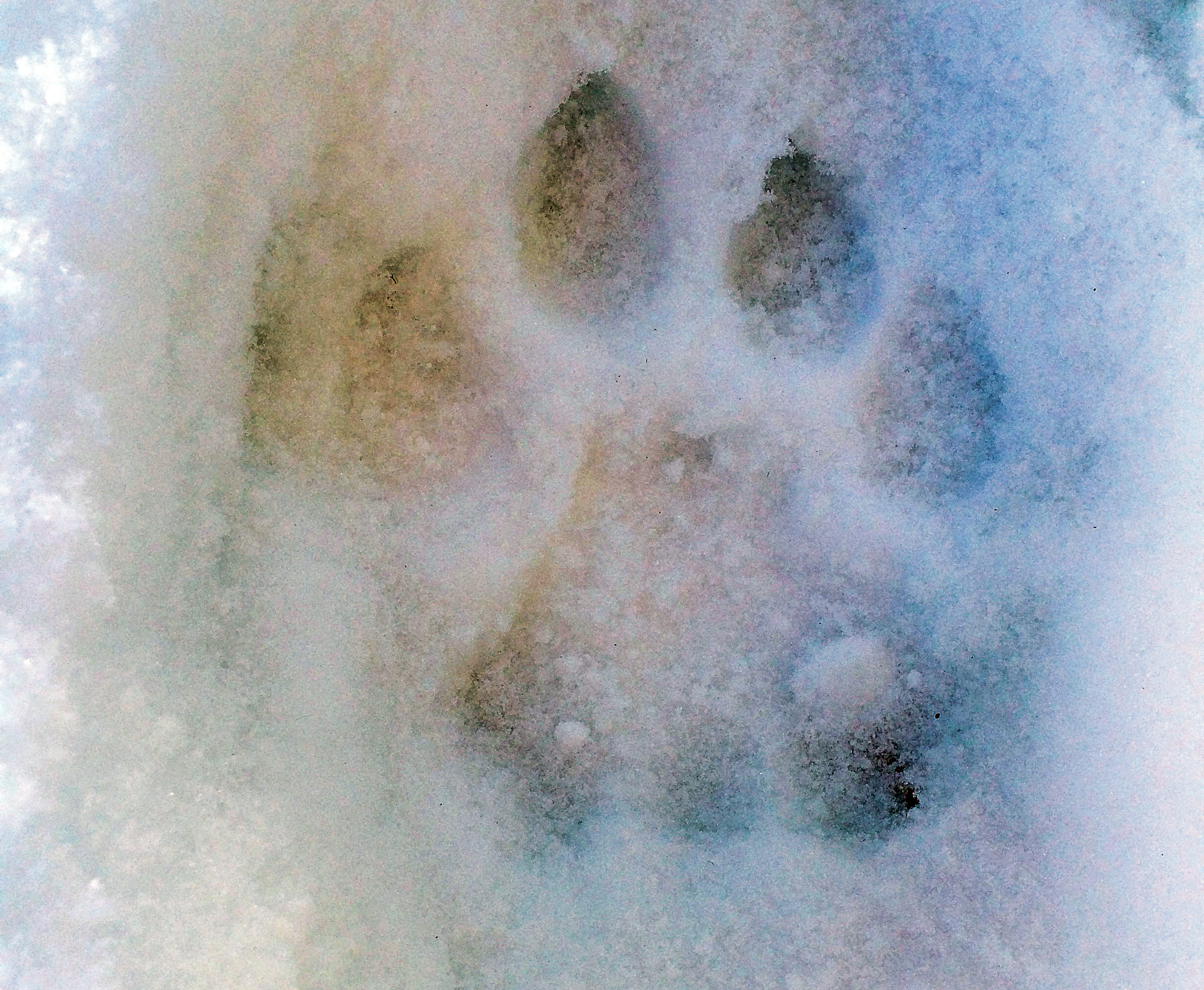
Mountain lion tracks have 3 lobes at the back of the rear pad. Usually, no claws are observed unless the lion is going up or down steep terrain.
We know that a lions range can be large, so we need to identify hot spots that can up our chances of intercepting a track. If you are hunting during the winter months pay attention to groups of wintering elk and deer. These groups often feed on south or west-facing slopes. As winter snow accumulates, these groups will become more and more concentrated. In areas where there is no snow elevation can be key. Game will usually be at a certain elevation and often lions will move through hunting at this level. If you are hunting the foothills near civilization, look for secluded pockets with no human activity. Lions may hunt around at night, but they are recluses and will bed up in isolated patches or thickets.
Methods
Driving roads after a fresh snow is probably the most common method of locating a lion track. This can be accomplished with pickups, ATVs, or snowmobiles. It allows you to cover a lot of country and not tire yourself, or your dogs. If there is a track made on fresh snow it is probably fresh enough for the dogs to pursue. If they can’t smell the track you can walk them on the track until they can. In areas where there are no snow hunters often drive roads looking for tracks in the mud, or sand in the desert country. If the track doesn’t have enough scent for the dogs, ask yourself, where is this cat-headed? Often times you can intercept the track again where the dogs can smell it. The downside of hunting roads is that you can wait a long time before a lion decides to cross one.
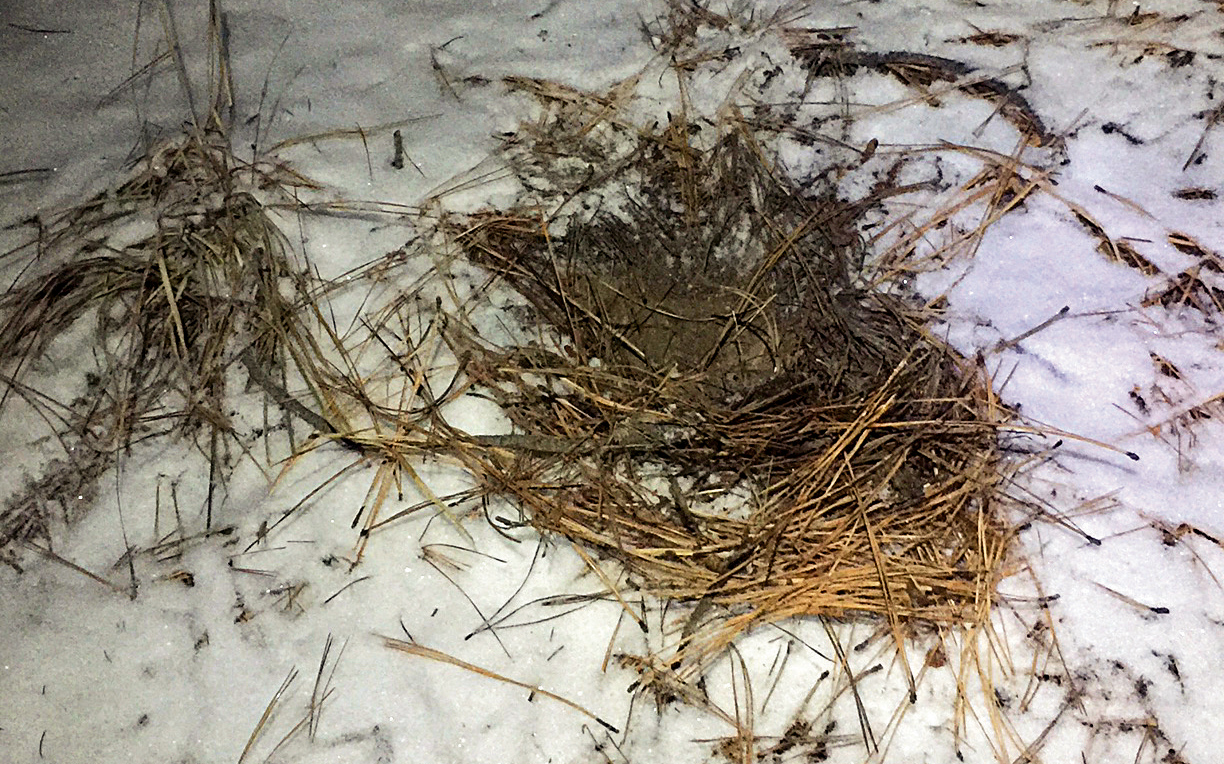
Lion scrapes or scratches are used to mark territory. They are most commonly made by males during the mating season.
In many areas, there are no roads, or navigating the land is extremely difficult. Many hunters in the backcountry or desert ride horses or mules as their dogs hunt. This allows the hunter to get where the lions are living. As hunters ride they can look for signs or clues that a lion has been in the area. With a trained eye, you can spot tracks, scat, kills, and occasionally scrapes. Scrapes or scratches are a method lions use to mark territory. I have observed this during mating season or around kills. They do this by pulling the surface litter on the ground with their front feet. This creates a bare spot on the ground and a hump between their back legs. They will urinate and sometimes defecate on the mound marking it. Usually, these are strung out outlining a lion’s territory.
Probably the last and least used method of hunting lions is hiking. When there is no other way to cover terrain, it is sometimes beneficial to hike through certain areas and let the dogs run loose hunting. I frequently hike hot spots looking for fresh kills and sign. It can be physically demanding on both the hunter and the dogs, but it is also very rewarding.
Management
Unfortunately, some states out west have outlawed lion hunting with dogs. As a result, the states of California, Oregon, and Washington have very high populations of mountain lions. This has been a large contributing factor to suffering big game populations. These states all have government trappers or paid employees that harvest and manage lions using dogs. Why not let wildlife officials and hunters manage the resource? It will sell licenses, tags, permits, and equipment. Even the implementation of a pursuit season would generate revenue, and provide the opportunity to research mountain lion populations. All animals would be released free of injury.
The state of Washington stopped mountain lion hunting with dogs through a voter initiative. However, Washington still allows hunters to harvest mountain lions by traditional hunting methods. They have both limited quota and open season depending on the area. This is allowed to control the average lion population growth. Only 20-30% of these quotas are filled in cougar management units. Usually in the areas with the highest density, which allows a better opportunity for “Boot Hunters” to harvest. “Boot Hunter” is a term that California, Oregon, and Washington use to refer to hunters that harvest lions using normal hunting methods, as they would hunting deer and elk. The problem with mountain lion hunting this way is that there is no way to evaluate the sex of the animal. Approximately 70% of adult female mountain lions have dependent young accompanying them. A hunter may think they are shooting a tom mountain lion when actually they are shooting a female with young that cannot effectively provide for themselves yet.
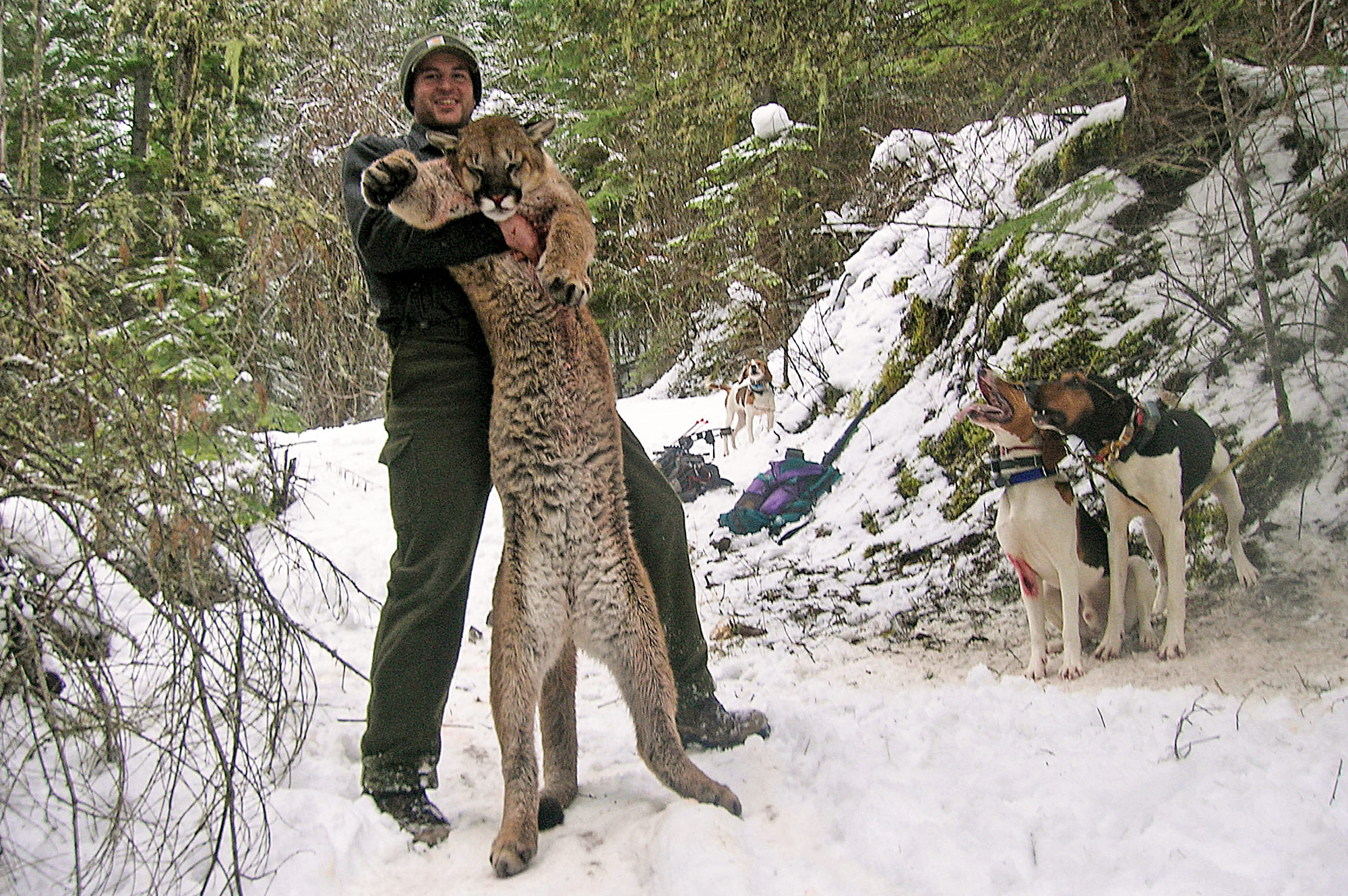
Hunting with dogs allows the animal to be evaluated before it is harvested. By evaluating the head, size, and the black mark beneath a lion’s tail, hunters can accurately determine what sex the animal is. Under a lions tail, there is a black mark. In males, this mark will be four to five inches under the tail. On females, the mark is only two to three inches under the tail. If the animal is not a target to remove from that area it can be released free of injury. Wildlife officials can set quotas for each management unit, and control how many lions of each sex are removed. I am not an advocate of harvesting female mountain lions. However, each area is different and requires a different population control. If you want to reduce mountain lion density in a certain area some females must be harvested.
Conclusion
I am a houndsman, and I enjoy mountain lion hunting. That does not mean I am out to kill every mountain lion. I release over 80% of what I catch with my dogs. The mountain lion, and their existence, is as important to me as any other species. However, the mountain lion must be managed. Their population has a direct impact on all other prey species. The use of dogs is the only way to effectively manage and accurately control lion populations. It provides us an opportunity to view and study these amazing creatures. Our job as hunters and conservationists is to continually maintain our right to use dogs. Because it is us the hunter, who truly cares about the future of the species we pursue.


